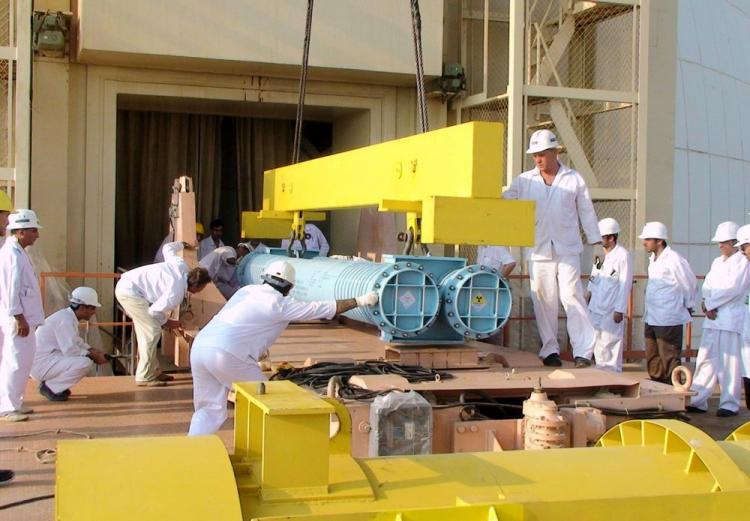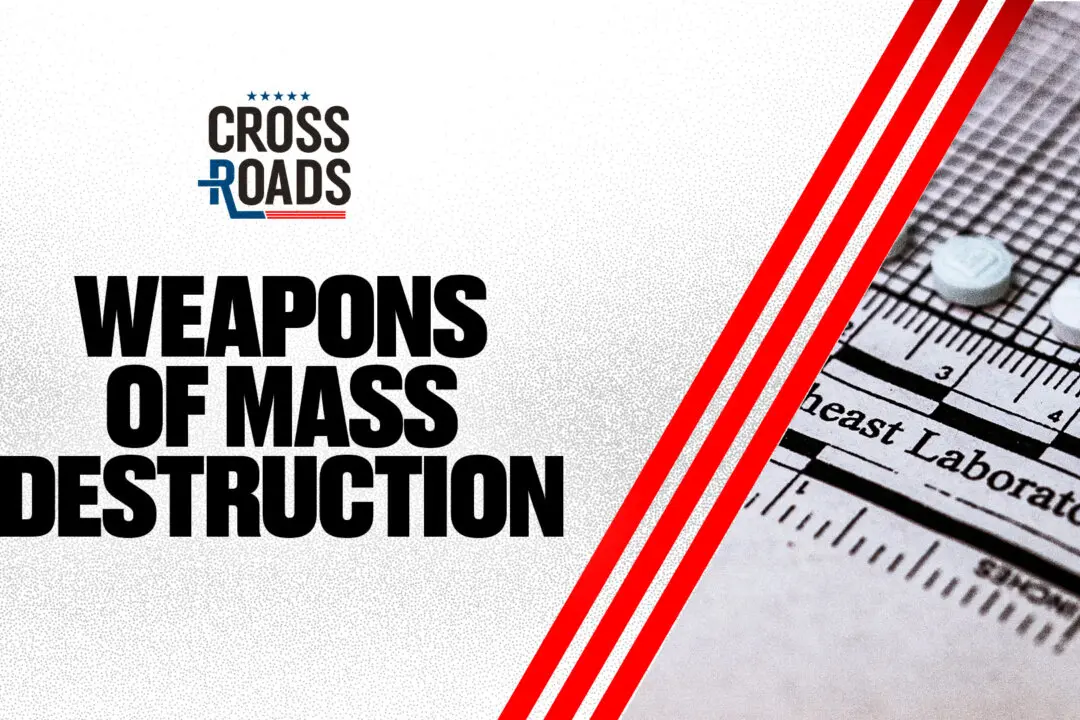Flaws in Stuxnet Worm Deflect Suspicion From US, Israel
The video is still available online, an Israeli voice in the background. Targeting guides drift on the gun-cam as the F-16 nears its target.

A handout image supplied by the IIPA (Iran International Photo Agency) shows Iran's Bushehr nuclear power plant on Aug. 21, 2010. The facility took 35 years to build and was the target of a cyberattack using the Stuxnet computer worm. IIPA via Getty Images
|Updated:
Joshua Philipp is senior investigative reporter and host of “Crossroads” at The Epoch Times. As an award-winning journalist and documentary filmmaker, his works include “The Real Story of January 6” (2022), “The Final War: The 100 Year Plot to Defeat America” (2022), and “Tracking Down the Origin of Wuhan Coronavirus” (2020).
Author’s Selected Articles






